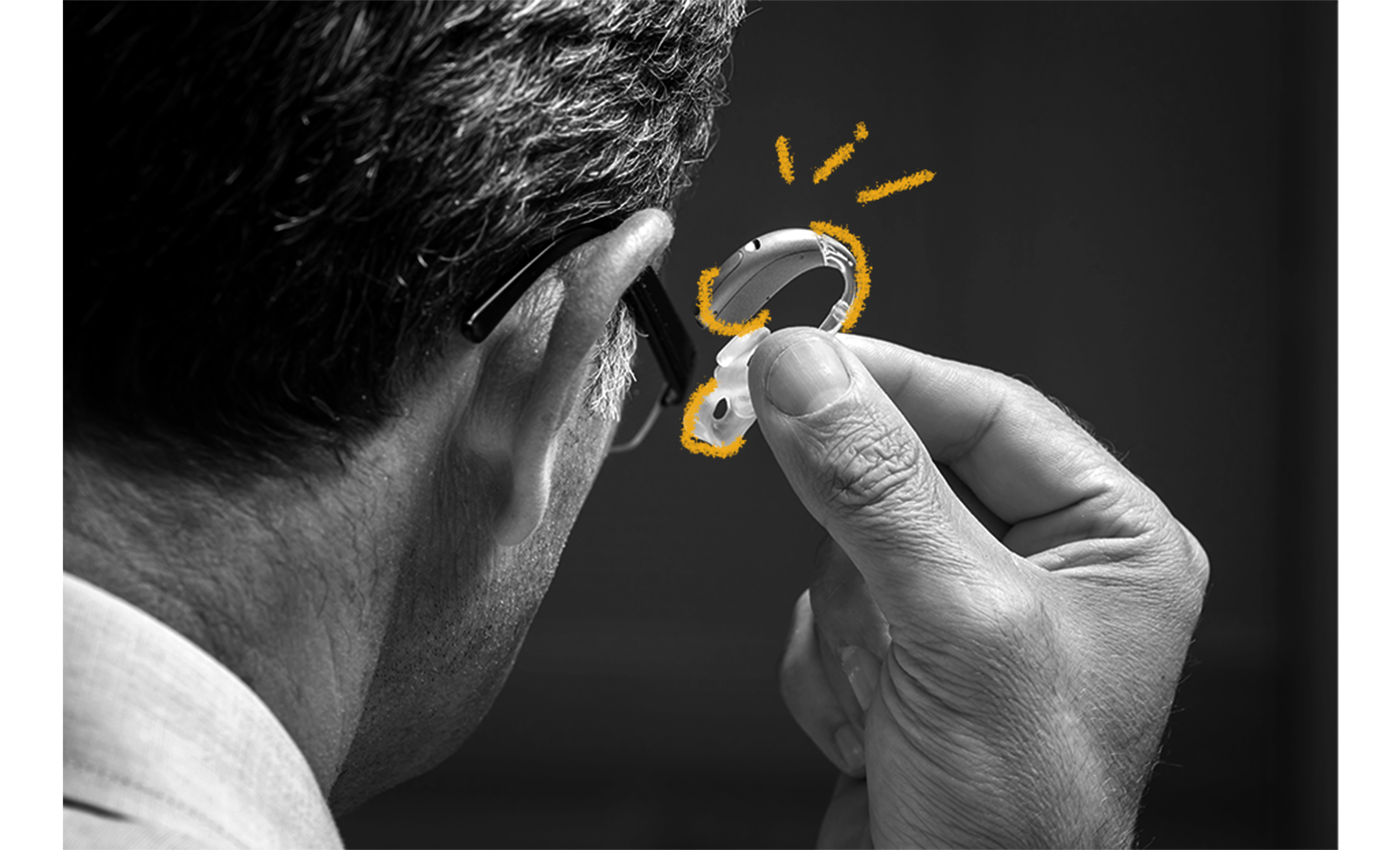The earliest hearing aids date back to the 13th century, when people experiencing hearing loss would use the hollowed-out horns of animals to improve their hearing. These primitive hearing aids remained in use until the 18th century, when funnel-shaped ear trumpets were created. Unfortunately, they were bulky and minimally effective. During the 19th century, there were various developments, notably Thomas Edison’s 1870 invention of a carbon transmitter for telephones, an amplifying technology that was later used for carbon hearing aids. By the 1920s, hearing aids were using vacuum tubes to amplify sound by up to 70 decibels. By the late 1940s, hearing aids with small circuit boards and button-sized batteries entered production, eliminating the need to carry around bulky device components. In 1948, a viable transistor was invented at Bell Telephone Laboratories and engineer Norman Krim applied the technology to hearing aids. By 1952, Krim had successfully created the first hearing aids that could be worn behind or inside the ear. Since then, various people have worked to continually improve hearing aids with the goal of making them smaller, more effective, and more comfortable to wear.

Your go-to guide for weird history facts
Subscribe to the FREE daily email that makes learning about history fun.


